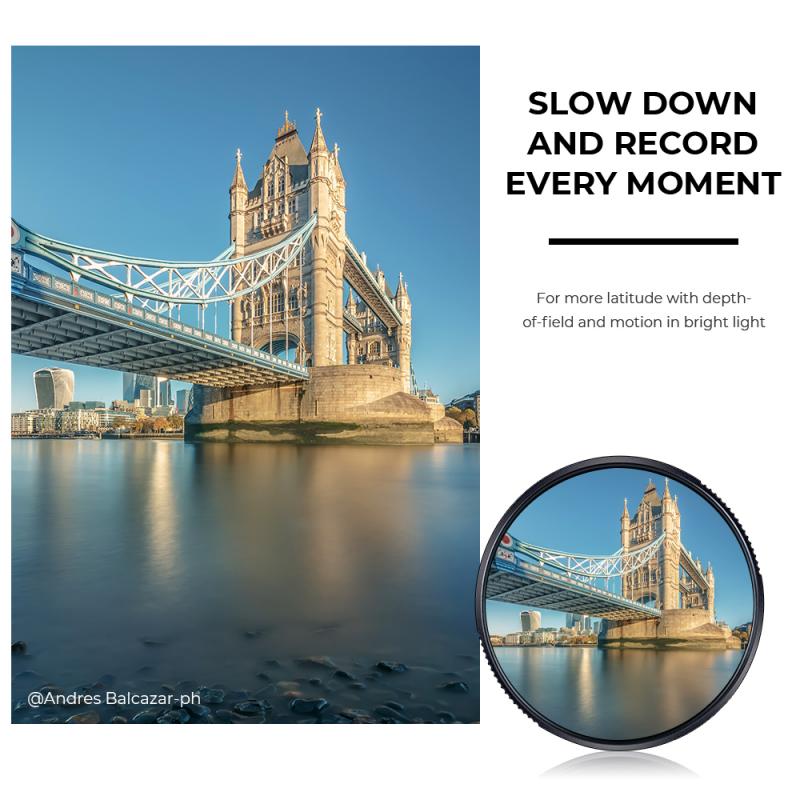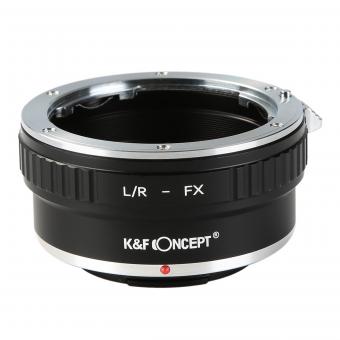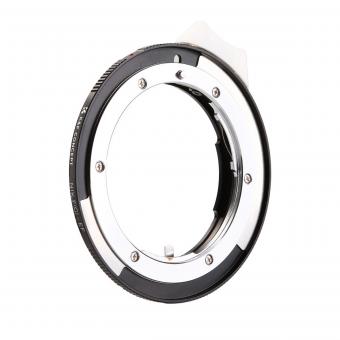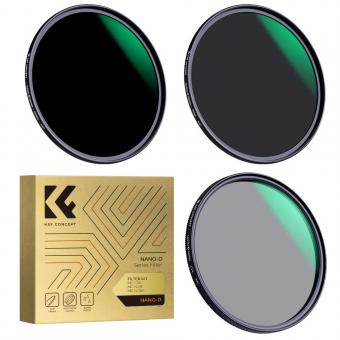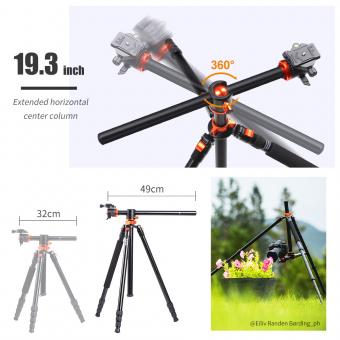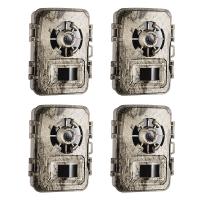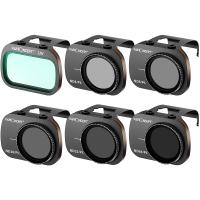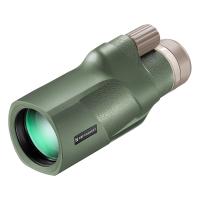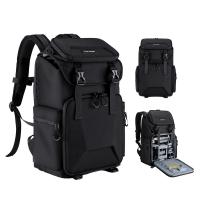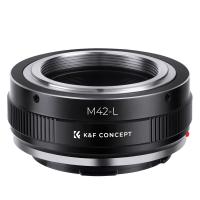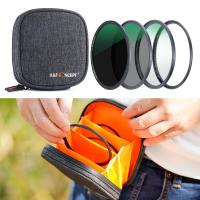What Lens Should I Buy ?
The lens you should buy depends on your specific needs and preferences. Factors to consider include the type of photography you plan to do (e.g., landscape, portrait, sports), your budget, and the camera system you are using. It is recommended to research different lens options, read reviews, and consider factors such as focal length, aperture, and image stabilization. Additionally, you may want to consider whether you prefer prime lenses (fixed focal length) or zoom lenses (variable focal length). Ultimately, the best lens for you will be one that meets your requirements and helps you achieve the desired results in your photography.
1、 Types of camera lenses and their specific uses
Types of camera lenses and their specific uses
When it comes to buying a camera lens, the options can be overwhelming. Different lenses serve different purposes, and understanding their specific uses can help you make an informed decision. Here are some types of camera lenses and their specific uses:
1. Prime lenses: These lenses have a fixed focal length and are known for their sharpness and wide aperture. They are great for low-light photography, portraits, and street photography. Prime lenses force you to move around to frame your shot, which can enhance your creativity.
2. Zoom lenses: These lenses offer a range of focal lengths, allowing you to zoom in and out. They are versatile and suitable for various photography genres, including landscapes, wildlife, and sports. The latest zoom lenses often come with image stabilization technology, which helps reduce camera shake and produce sharper images.
3. Wide-angle lenses: These lenses have a shorter focal length, capturing a wider field of view. They are ideal for landscape photography, architecture, and interior shots. Wide-angle lenses can exaggerate perspective, creating a sense of depth and drama in your images.
4. Telephoto lenses: These lenses have a longer focal length, allowing you to zoom in on distant subjects. They are perfect for wildlife, sports, and portrait photography. Telephoto lenses compress the perspective, making the background appear closer to the subject.
5. Macro lenses: These lenses are designed for close-up photography, capturing intricate details of small subjects like flowers, insects, or jewelry. They have a high magnification ratio and produce stunning images with exceptional clarity.
6. Fisheye lenses: These lenses have an extremely wide-angle of view, capturing a distorted, curved perspective. They are popular for creative and experimental photography, adding a unique and artistic touch to your images.
It's important to consider your photography style and needs when deciding which lens to buy. Additionally, researching and reading reviews about the latest lenses can provide valuable insights into their performance and features.
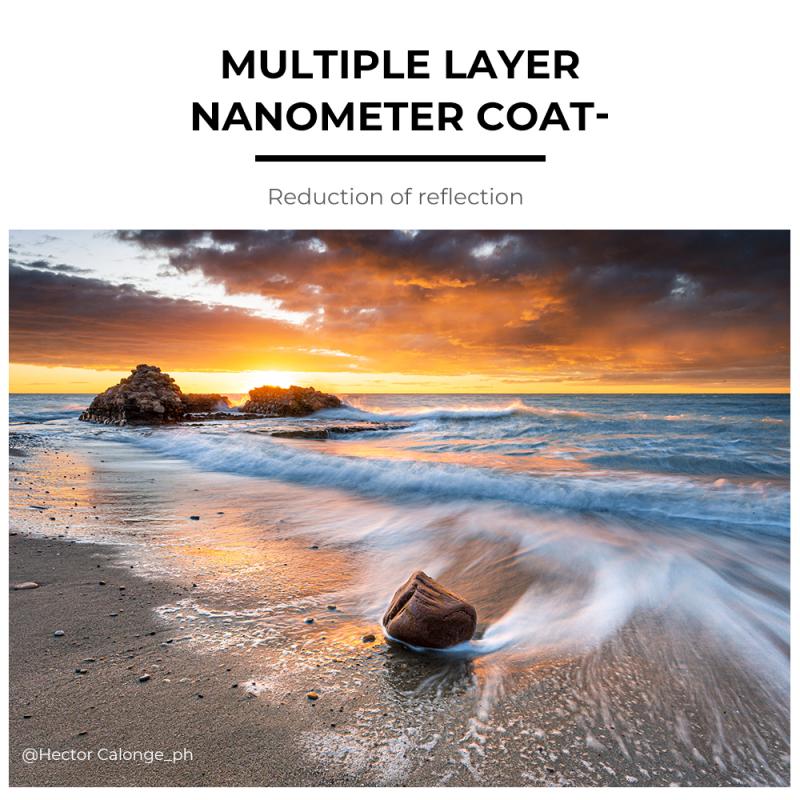
2、 Factors to consider when choosing a lens for photography
Factors to consider when choosing a lens for photography:
1. Purpose: Determine the type of photography you primarily engage in. Are you into landscapes, portraits, wildlife, or macro photography? Each genre may require a different type of lens to achieve the desired results.
2. Focal Length: The focal length of a lens determines its field of view and magnification. Wide-angle lenses (less than 35mm) are great for landscapes and architecture, while telephoto lenses (greater than 70mm) are ideal for wildlife and sports photography. Standard lenses (around 50mm) are versatile and suitable for everyday use.
3. Aperture: The aperture of a lens affects its ability to capture light and control depth of field. A wider aperture (lower f-number) allows for better low-light performance and shallow depth of field, which is desirable for portraits and artistic shots. Consider lenses with a wide maximum aperture if you often shoot in low-light conditions or want to achieve a blurred background effect.
4. Image Stabilization: If you frequently shoot handheld or in low-light situations, consider lenses with built-in image stabilization. This feature helps reduce camera shake and allows for sharper images.
5. Budget: Determine your budget and prioritize the features that are most important to you. High-quality lenses can be expensive, but there are also more affordable options available.
6. Compatibility: Ensure that the lens you choose is compatible with your camera's mount. Different camera brands have their own lens mounts, so make sure the lens you select is compatible with your camera.
7. Reviews and Recommendations: Read reviews and seek recommendations from other photographers to get an idea of the lens's performance and reliability. Online forums and photography communities can be valuable resources for gathering information.
It's important to note that the latest point of view in lens selection is influenced by advancements in technology. For example, mirrorless cameras have gained popularity in recent years, and lens manufacturers are now focusing on developing lenses specifically designed for these systems. Additionally, there is a growing demand for lenses with higher resolution and improved optical performance to match the increasing capabilities of modern camera sensors.
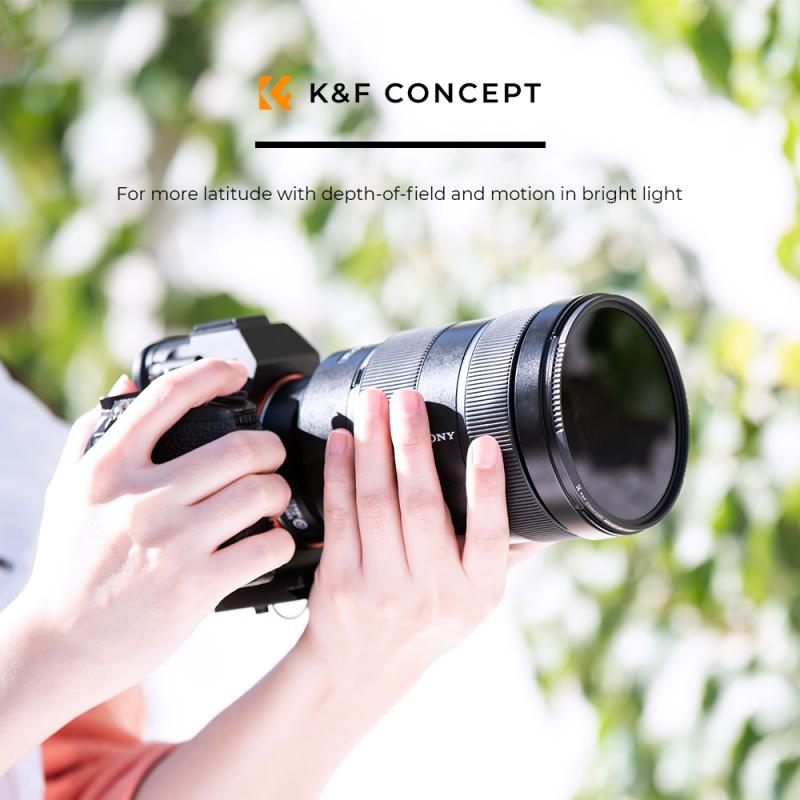
3、 Popular lens brands and their reputation in the industry
Popular lens brands and their reputation in the industry can vary depending on personal preferences and specific needs. However, there are a few brands that consistently stand out for their quality and innovation.
Canon and Nikon are two of the most well-known and respected lens brands in the industry. They have been producing lenses for decades and have built a strong reputation for their optical performance and reliability. Both brands offer a wide range of lenses to suit different photography styles and budgets. Canon's L-series lenses and Nikon's Nikkor lenses are particularly renowned for their exceptional image quality.
Sony is another brand that has gained significant popularity in recent years, especially in the mirrorless camera market. Their G Master lenses are highly regarded for their sharpness, clarity, and overall performance. Sony has been pushing the boundaries of lens technology, introducing features like fast autofocus and advanced image stabilization.
Sigma and Tamron are third-party lens manufacturers that have also made a name for themselves in the industry. They offer a range of lenses that are often more affordable than the camera brand's own lenses, without compromising on quality. Sigma's Art series lenses, in particular, have gained a reputation for their exceptional sharpness and image quality.
In recent years, other brands like Fujifilm, Panasonic, and Olympus have also gained recognition for their lens offerings, particularly in the mirrorless camera market. These brands have been praised for their compact and lightweight lenses, as well as their innovative features.
Ultimately, the best lens brand for you will depend on your specific needs, budget, and camera system. It is always recommended to do thorough research, read reviews, and even try out different lenses before making a purchase.
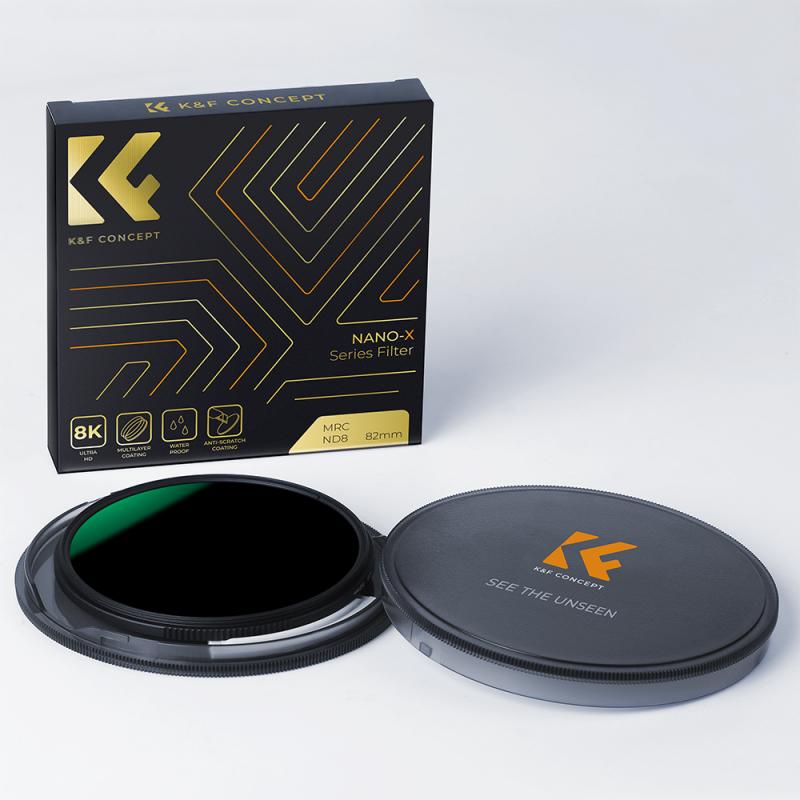
4、 Understanding lens specifications and technical terminology
Understanding lens specifications and technical terminology is crucial when deciding which lens to buy. With the rapid advancements in camera technology, it can be overwhelming to navigate through the various options available in the market. However, having a clear understanding of lens specifications will help you make an informed decision.
Firstly, consider the focal length of the lens. This determines the angle of view and magnification. A shorter focal length, such as a wide-angle lens, captures a wider scene, while a longer focal length, like a telephoto lens, brings distant subjects closer. The choice depends on your photography style and the subjects you shoot.
Aperture is another important specification to consider. It determines the amount of light that enters the lens and affects the depth of field. A wider aperture (lower f-number) allows more light and creates a shallow depth of field, ideal for portraits and low-light situations. On the other hand, a narrower aperture (higher f-number) increases the depth of field, suitable for landscape photography.
Image stabilization is a feature worth considering, especially for handheld shooting. It compensates for camera shake, resulting in sharper images. Some lenses have built-in stabilization, while others rely on the camera body.
Lens construction and quality are also crucial factors. Look for lenses with high-quality glass elements and coatings to minimize aberrations and improve image sharpness. Additionally, consider the build quality, weather sealing, and weight of the lens, depending on your shooting conditions and preferences.
Lastly, keep in mind your budget and the specific requirements of your photography. Research and read reviews to get the latest insights and recommendations from photographers and experts.
In conclusion, understanding lens specifications and technical terminology is essential when deciding which lens to buy. Consider factors such as focal length, aperture, image stabilization, lens construction, and quality. Stay updated with the latest advancements and seek advice from experienced photographers to make an informed decision that suits your needs and budget.
